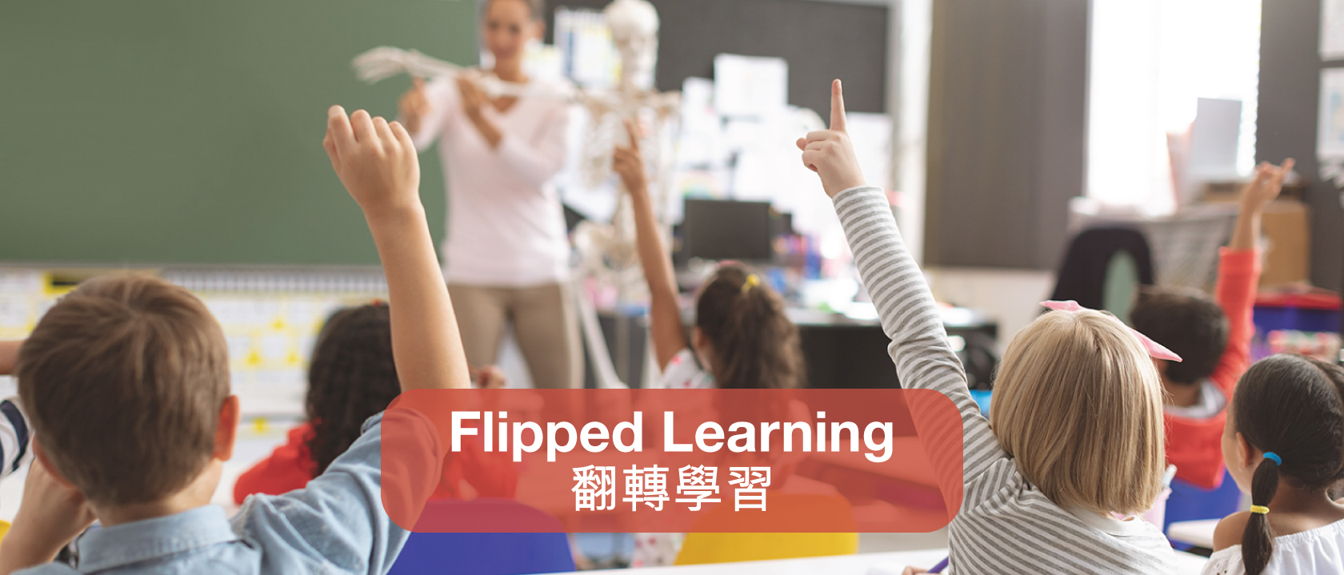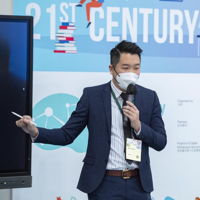
Flipping the 'Flipped': Making Good Use of Information Technology in Self-directed Design of Chinese Lessons and Enhancing the Efficiency of Language Learning
21st Century Classroom
Overview
The project is mainly designed for senior form students, including the assigned classical Chinese passages, composition writing and practical writing. The ultimate goal of the project is to reconstruct the traditional teaching methods of Chinese language learning. Opportunity will be provided for students to experience the process of lesson planning and designing learning activities. First, students have to do research on the selected topic (including primary and secondary data). After that, students design and modify learning materials with eLearning tools (like Google Slides), to construct mini-game and card games with card game generator. Next, students are required to create situational activities focused on the selected topic by using Touchcast and ActivePresenter, for recording and radio drama. In addition, a session of tutorial will be arranged every other week, for teachers to evaluate on the teaching progress and to give timely suggestions and guidance. Last but not least, the designed teaching materials will be adopted by teachers in the lesson to attain self-directed learning. With the brand-new teaching methods, students can obtain an opportunity to design teaching materials and learning activities, in order to attain self-directed learning. By comparing to the ordinary ‘flipped classroom’ strategies, this kind of in-depth learning strategies are catchier and more remarkable for students. It promotes the efficiency and effectiveness of the language learning to the next level. The teaching strategies conceive tiered learning objectives and aim for students with different ability. From researching, activities designing, discussion and evaluation with mentors and the post-sharing session, students with different learning abilities and interests can be performed and reached. With the expectation of bringing out students’ implicit qualities within the limited time and capacity, the project boosts the quality of Chinese language learning and heightens students’ creativity and other generic skills.
Participants of this open lesson can try to design and modify learning materials with eLearning tools (like Google Slides), and construct mini-games and card games with card game generator. Next, participants can create situational activities focused on the selected topic by using Touchcast and ActivePresenter.

